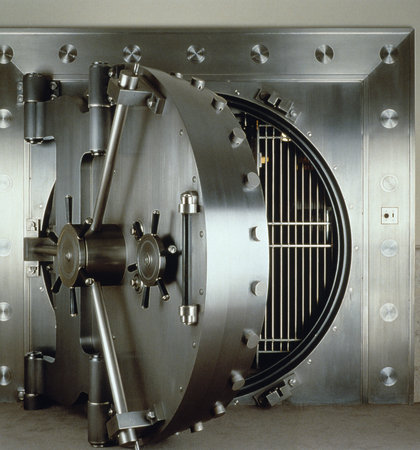I just wanted to pass along a nice paper here from the St Louis Fed on shadow banking. You’ve probably heard a lot about shadow banking over the years and this nicely summarizes the role of shadow banking, why it came to be and how it works.
“The term “shadow banking” has been attributed to 2007 remarks by economist and money manager Paul McCulley to describe a large segment of financial intermediation that is routed outside the balance sheets of regulated commercial banks and other depository institutions. Shadow banks are defined as financial intermediaries that conduct functions of banking “without access to central bank liquidity or public sector credit guarantees.” 1 As shown in Figure 1, the size of the shadow banking sector was close to $20 trillion at its peak and shrank to about $15 trillion last year, making it at least as big as, if not bigger than, the traditional banking system.2 Given its size and role in the financial crisis, it would be useful to understand the mechanics of shadow banking. To do so, some basics of traditional banking need to be understood first.”
Mr. Roche is the Founder and Chief Investment Officer of Discipline Funds.Discipline Funds is a low fee financial advisory firm with a focus on helping people be more disciplined with their finances.
He is also the author of Pragmatic Capitalism: What Every Investor Needs to Understand About Money and Finance, Understanding the Modern Monetary System and Understanding Modern Portfolio Construction.


Comments are closed.